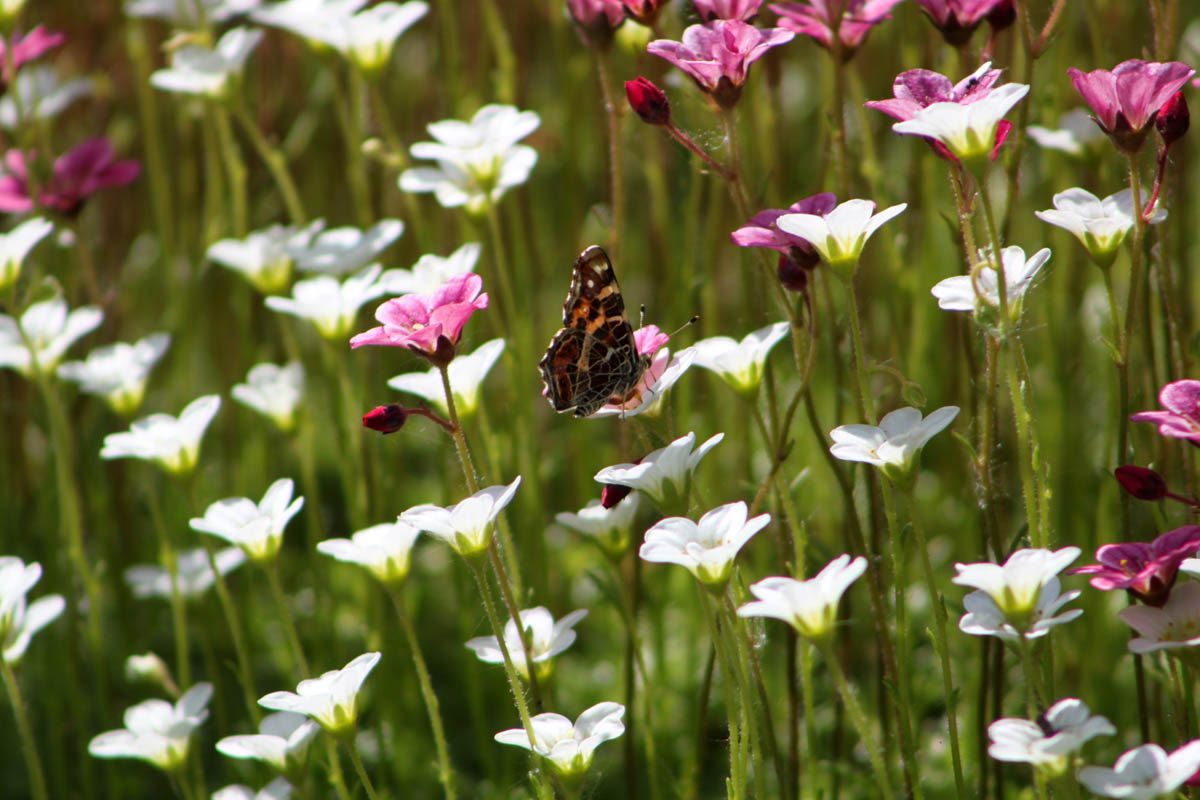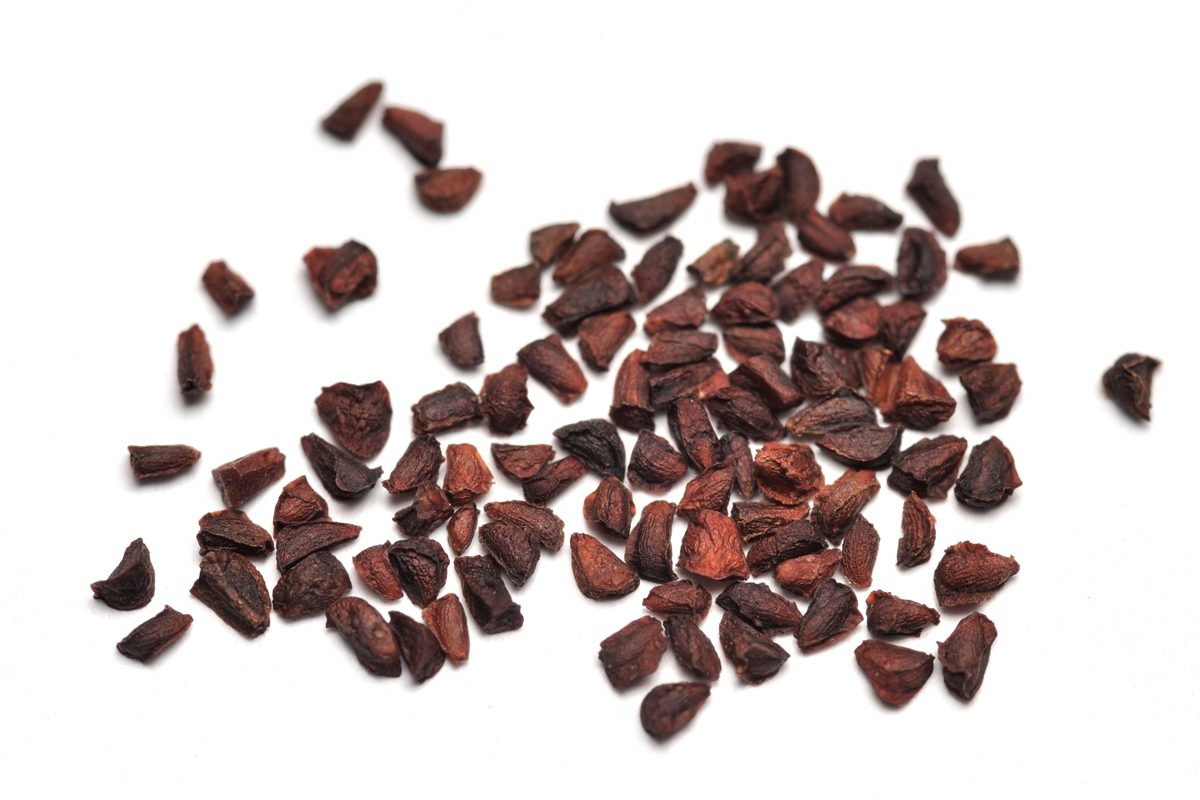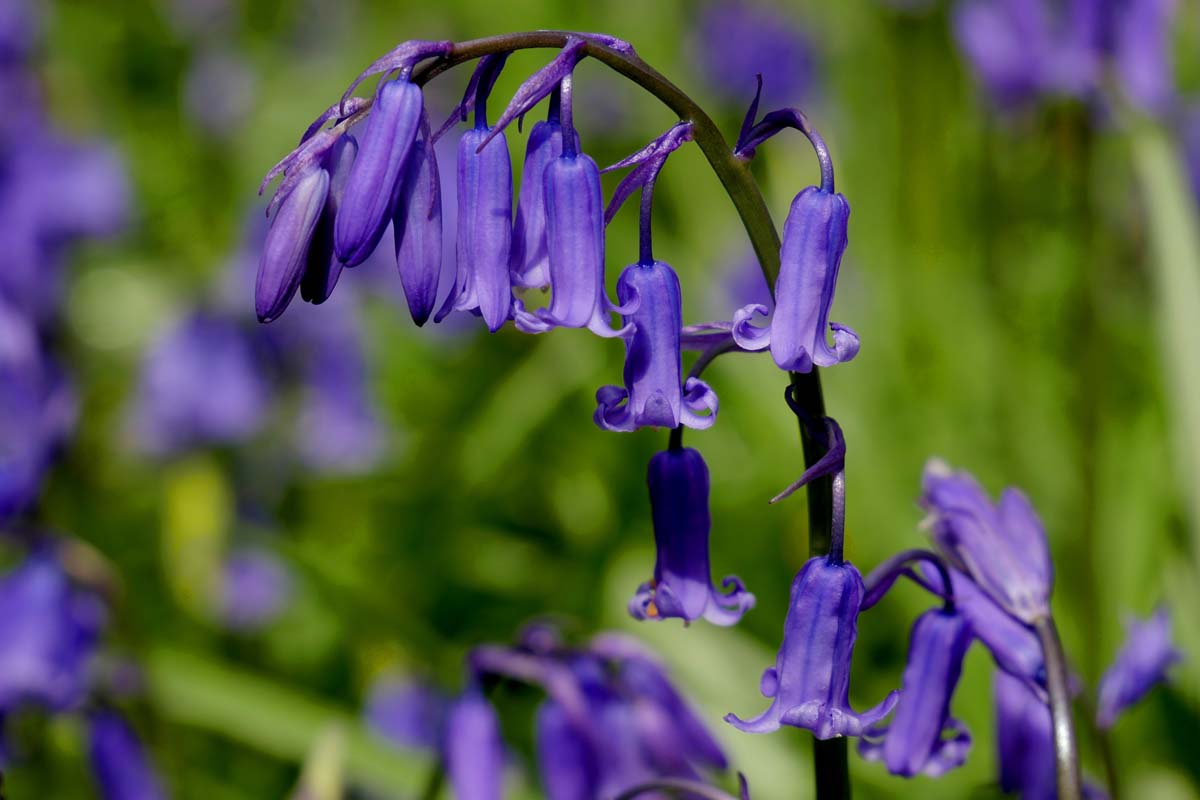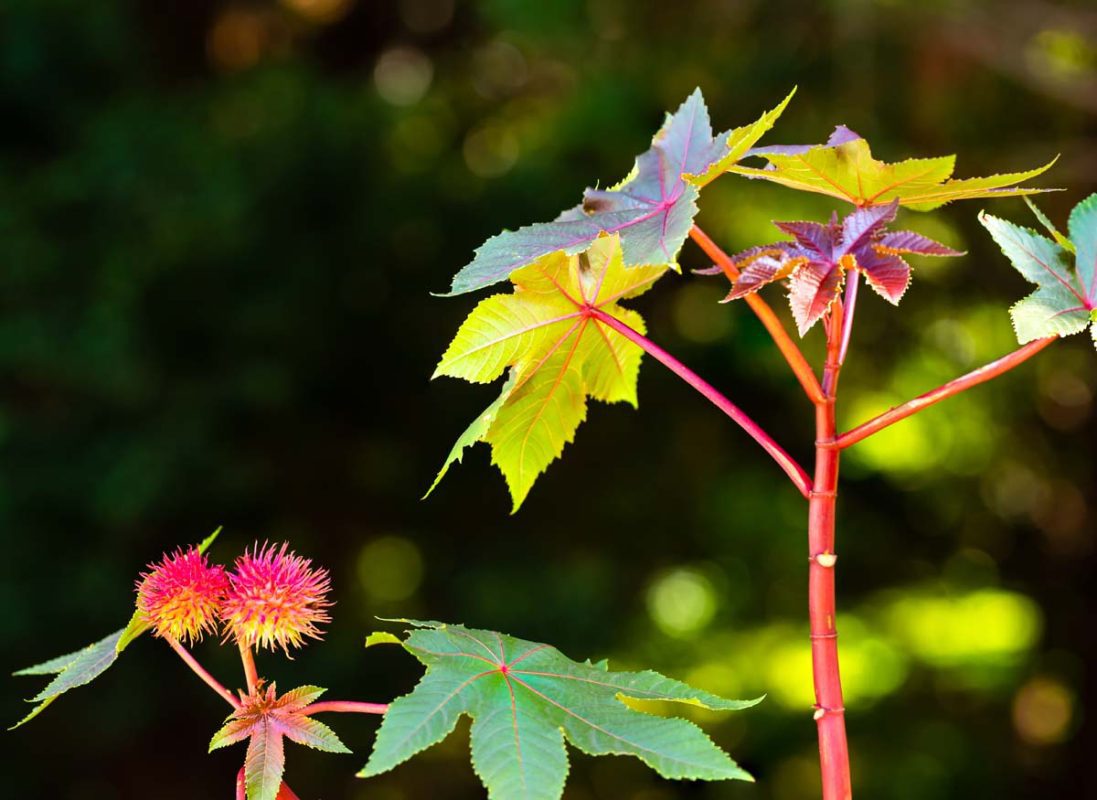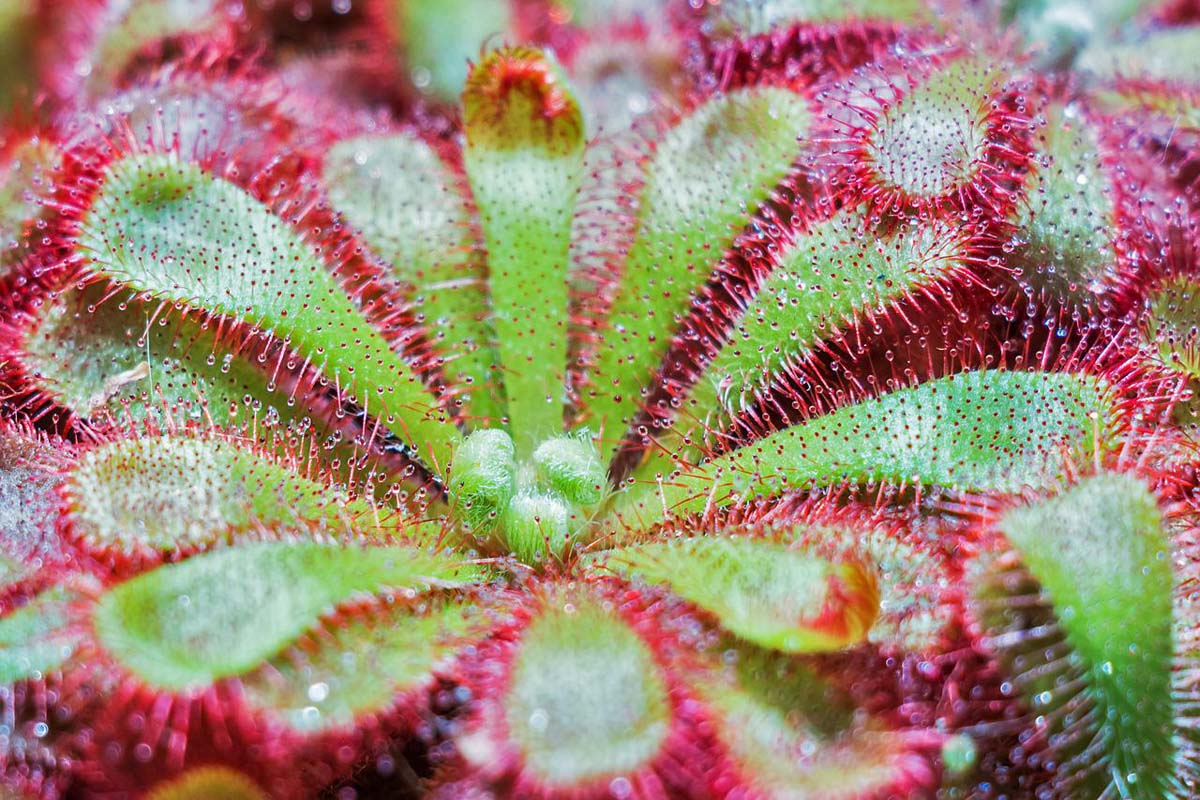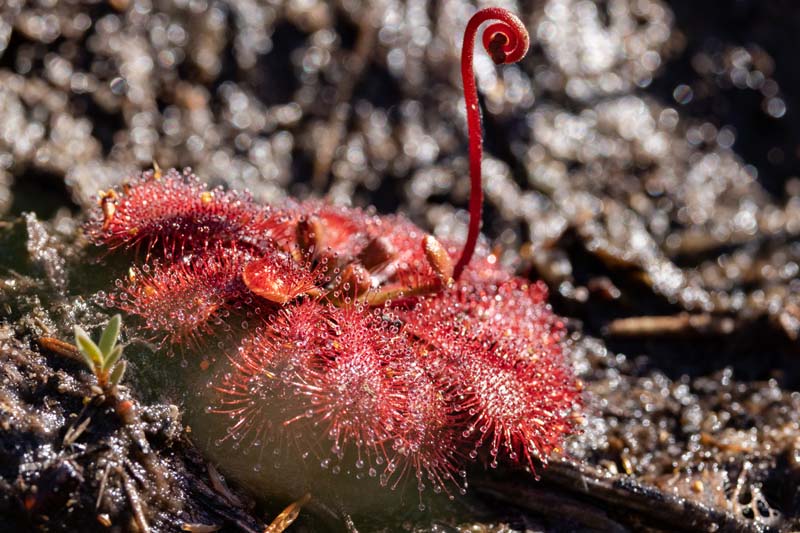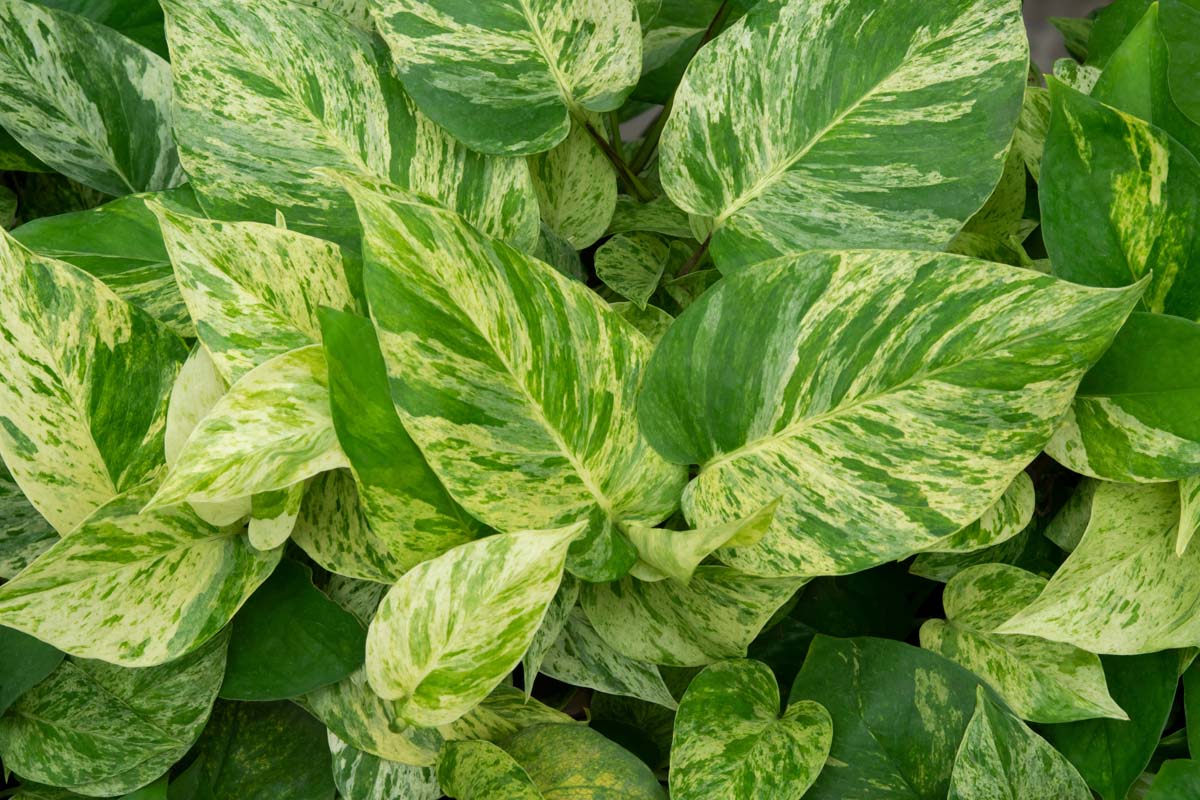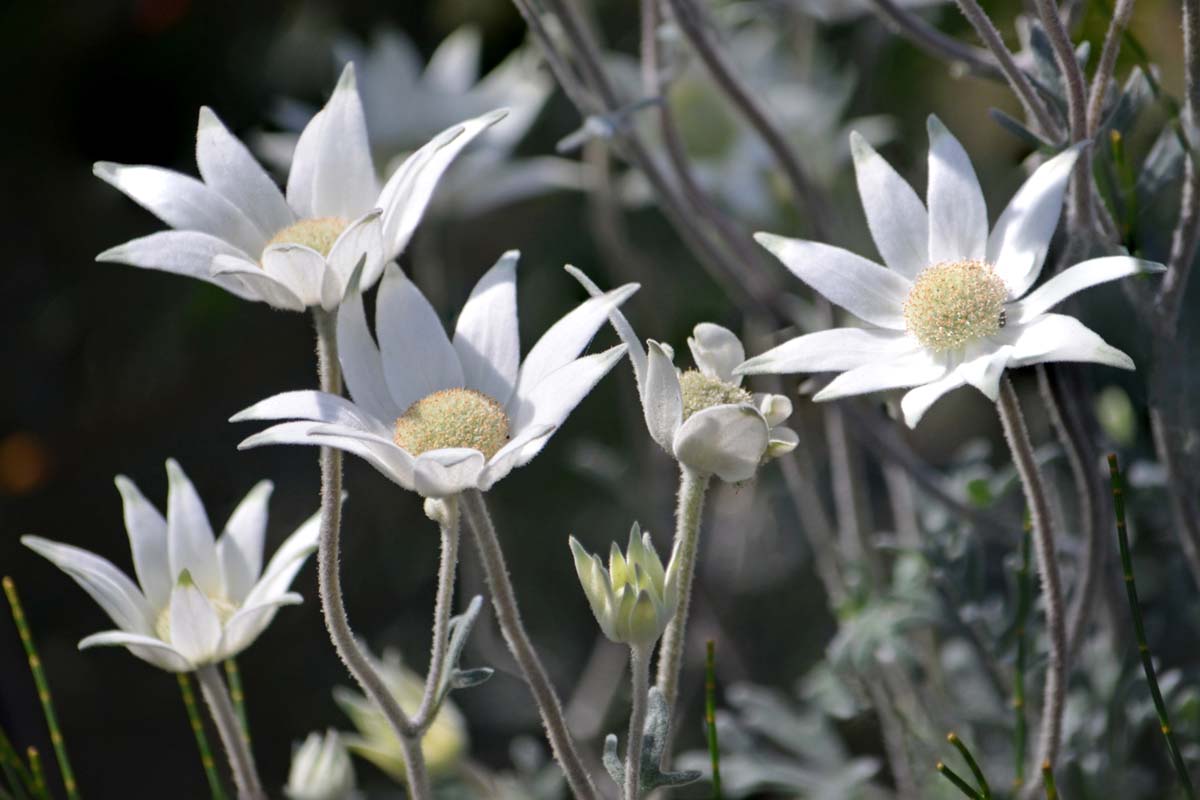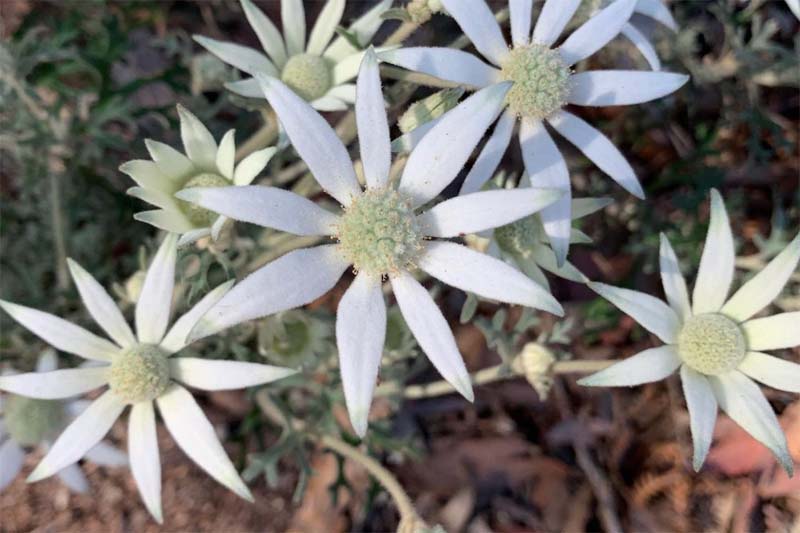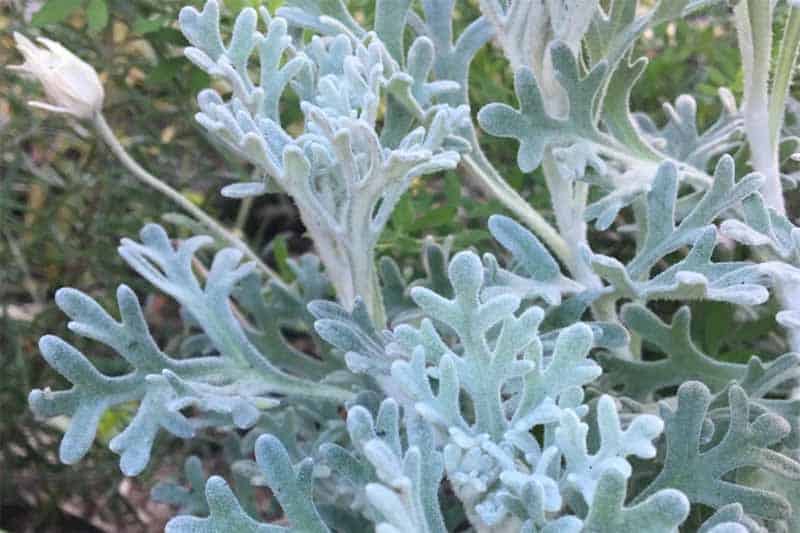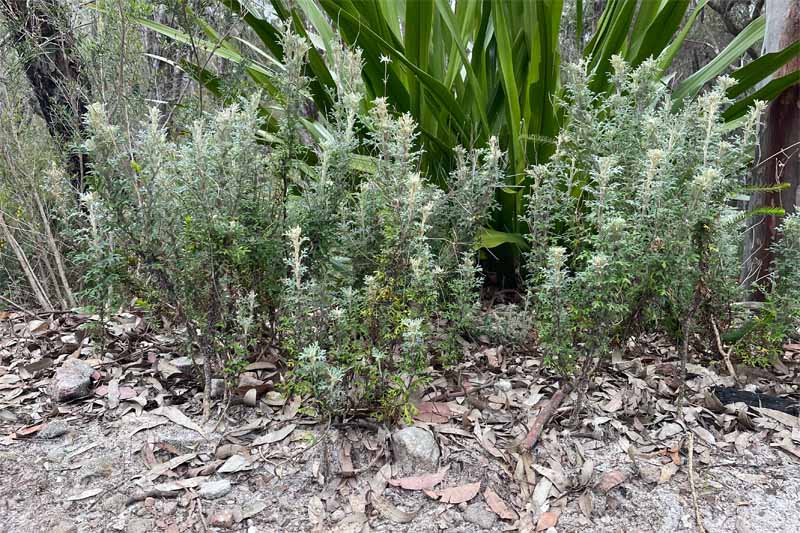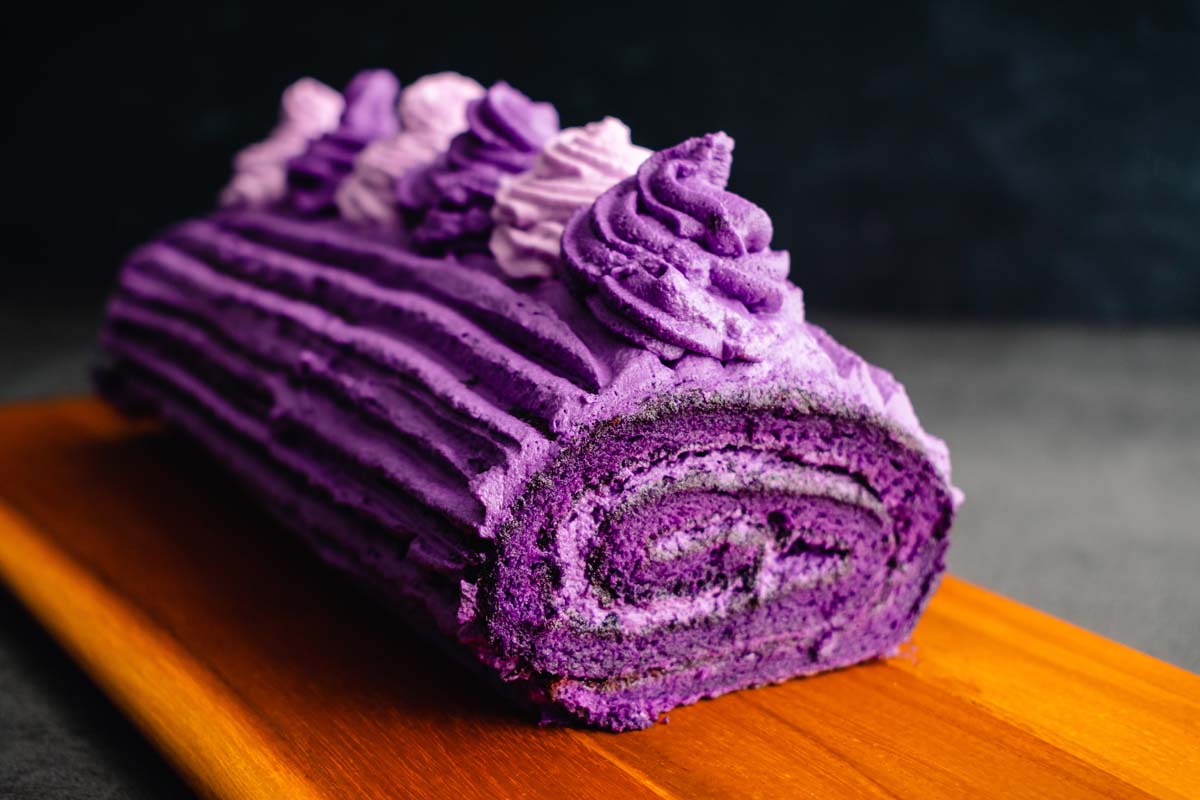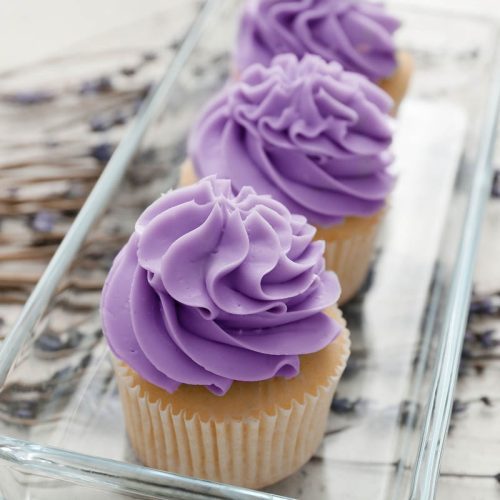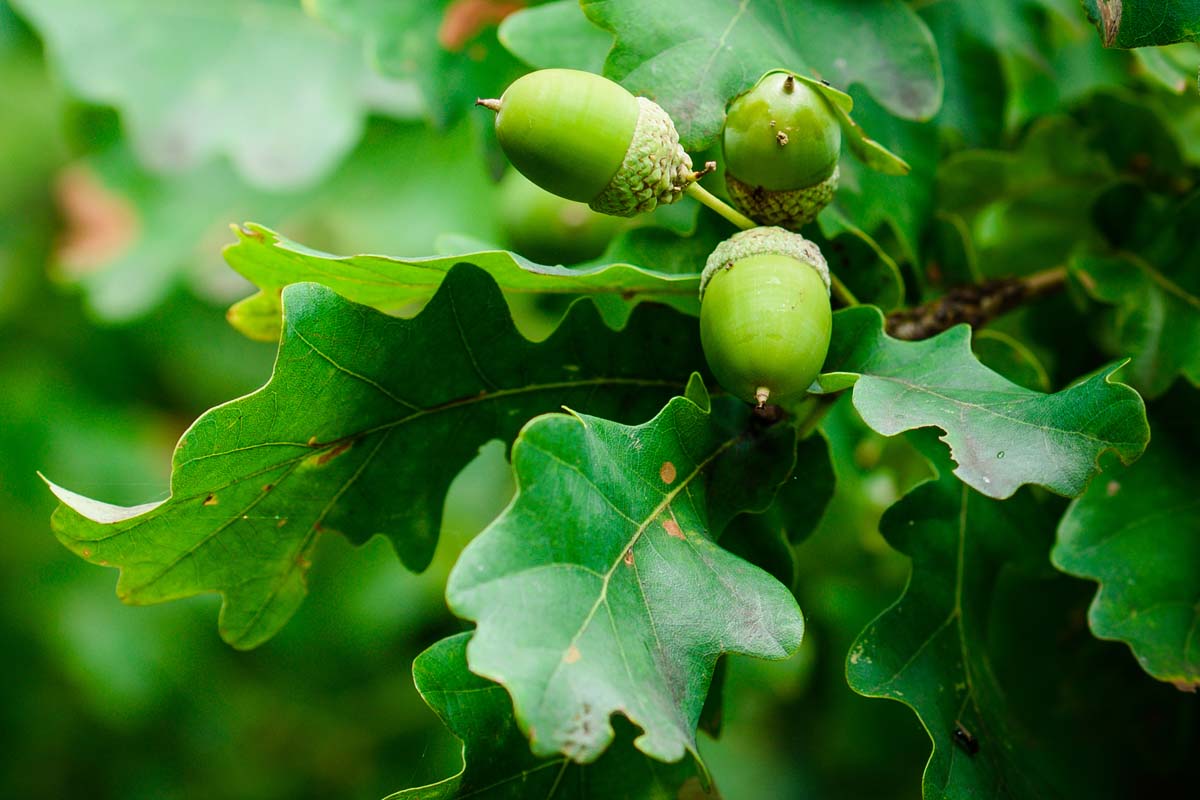Common name |
Meaning |
|
| Acacia | Regeneration, perseverance, and integrity all around the globe |  |
| Agapanthus | Secret love |  |
| Allium | Unity, good fortune, prosperity, humility, and patience | 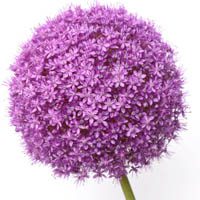 |
| Alyssum | Sweetness of soul |  |
| Amaranthus | Immortality |  |
| Amaryllis | Pride, strength, determination |  |
| Anemone | Forgotten love |  |
| Anise hyssop | Cleanliness | |
| Aster | Love, wisdom, faith |  |
| Azalea | Wealth, elegance |  |
| Baby’s breath | Everlasting love | 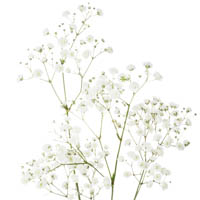 |
| Bachelor’s button | Protection, healing |  |
| Balloon flower | Endless love | 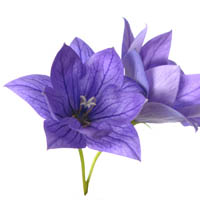 |
| Bee balm | Sympathy, clarity of thought | 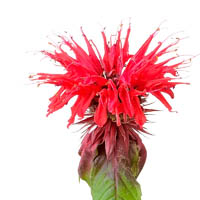 |
| Begonia | Uniqueness, harmony, gratitude, or caution | 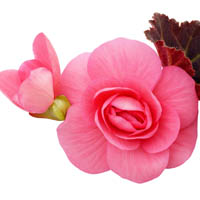 |
| Bellflower | Gratitude, constancy, support, romance | 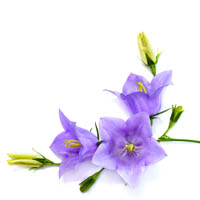 |
| Bergenia | Health and renewal | 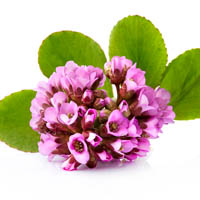 |
| Black-eyed Susan | Encouragement |  |
| Bleeding heart | Passionate love and romance | 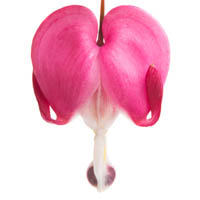 |
| Bluebell | Gratitude, humility | 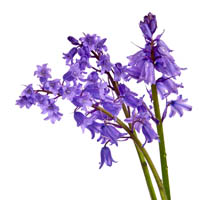 |
| Bottlebrush | Abundance, laughter, joy, celebration of birth | 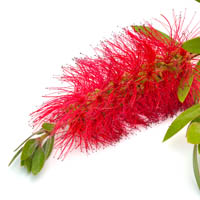 |
| Buttercup | Joy, youthfulness | 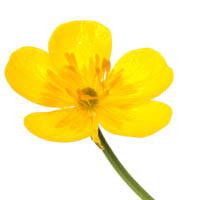 |
| Butterfly bush | Rebirth, resurrection | 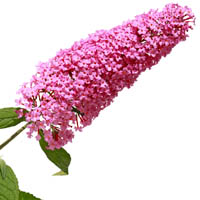 |
| Calendula | Joy, remembrance, endurance, healing | 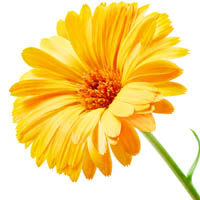 |
| Californian poppy | Sleep, peace | 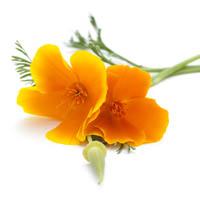 |
| Calla lily | Life, fertility |  |
| Camellia | Passion, desire, a courageous death | |
| Candytuft | Sweetness, indifference | 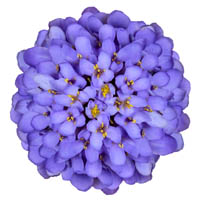 |
| Canna lily | Innocence, youth |  |
| Cape leadwort | Hope, good wishes | 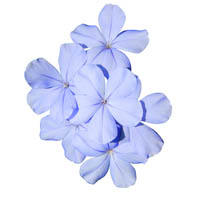 |
| Cardinal flower | Romantic love, passion | 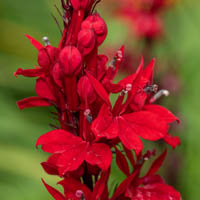 |
| Carnation | Fascination, motherly love | 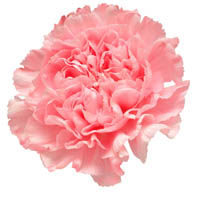 |
| Catharanthus (periwinkle) | Progress, happy memories, youth, purity, strength |  |
| Celosia | True love, diligence, independence, courage | 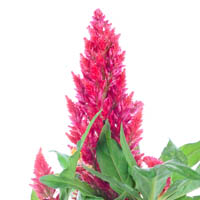 |
| Chicory | Faithful love | 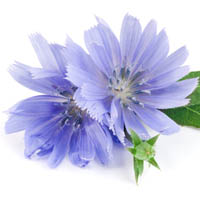 |
| Chinese lantern | Meditation, life within death | 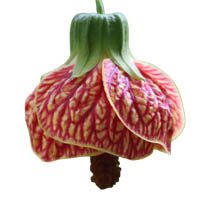 |
| Chrysanthemum | Friendship, happiness | 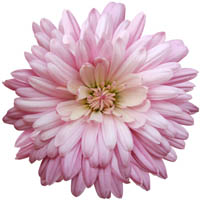 |
| Clover | Good fortune and luck | 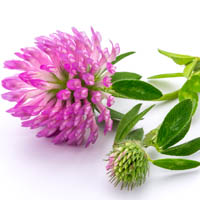 |
| Columbine | Strength, wisdom, peace | 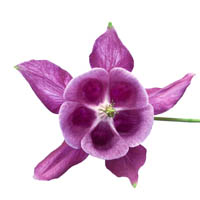 |
| Coneflower | Strength, healing |  |
| Cosmos | Order, harmony | 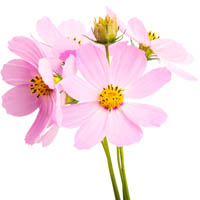 |
| Crocus | Rebirth, cheerfulness, happiness | 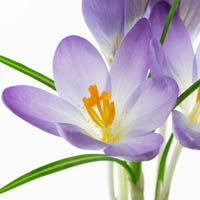 |
| Cyclamen | Devoted heart | 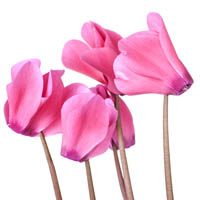 |
| Daffodil | Rebirth, new beginnings |  |
| Dahlia | Elegance, dignity, confidence, beauty |  |
| Daisy | Purity and innocence |  |
| Dandelion | Faithfulness, happiness, courage, health |  |
| Daphne | Honesty, innocence | 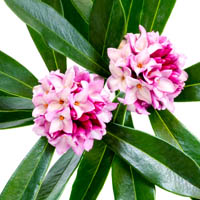 |
| Delphinium | Lightness, fun, levity, joy | 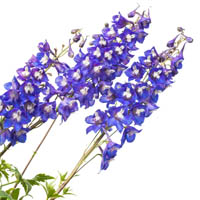 |
| Diascia | Fidelity, friendship | 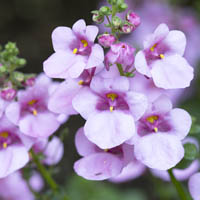 |
| Edelweiss | Courage, bravery |  |
| Evening primrose | Young love | 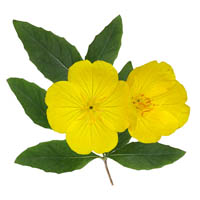 |
| Feverfew | Protection |  |
| Flaming katy | Prosperity and wealth |  |
| Forget-me-not | True love | 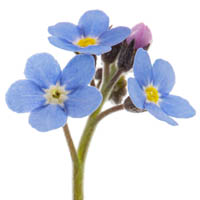 |
| Forsythia | Anticipation, spring sun | 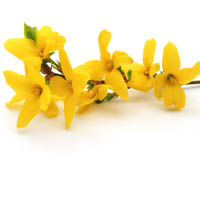 |
| Foxglove | Insincerity | 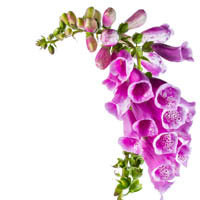 |
| Frangipani | Perfection, springtime, new beginnings | 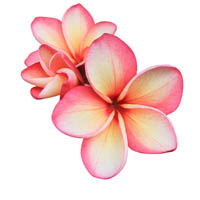 |
| Freesia | Friendship | 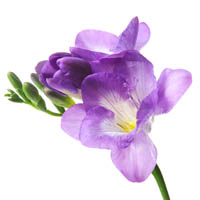 |
| Gardenia | Trust, hope, peace, renewal, and protection | 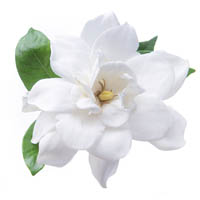 |
| Gazania | Wealth | 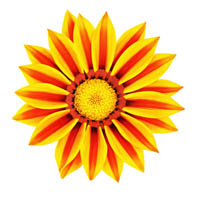 |
| Geranium | Happiness, good health, good wishes, and friendship | 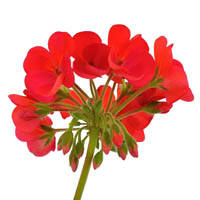 |
| Gerbera | Innocence, purity, cheerfulness, loyal love | 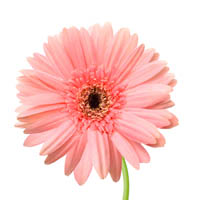 |
| Geum | Purity | 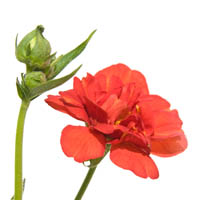 |
| Gladioli | Strength of character, remembrance, faithfulness | 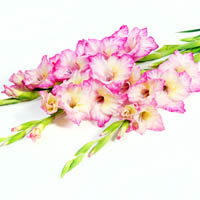 |
| Goldenrod | Encouragement | 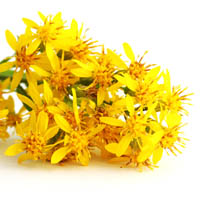 |
| Grape hyacinth | Wisdom, tranquillity | 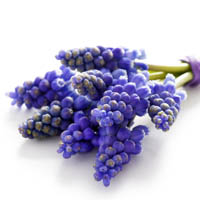 |
| Hawthorn | Hope, fertility | 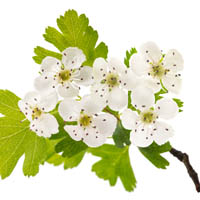 |
| Heather | Good luck |  |
| Hellebore | Peace, tranquillity | 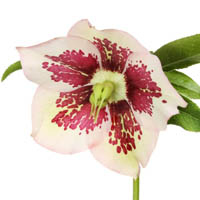 |
| Helenium | Tenderness, tears | 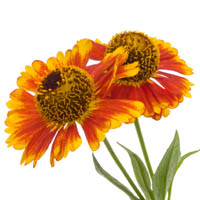 |
| Hibiscus | Rare and delicate beauty | 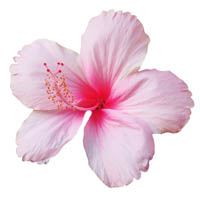 |
| Hollyhock | Ambition |  |
| Honeysuckle | Pure happiness | 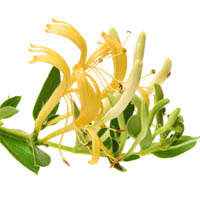 |
| Hosta | Friendship, devotion | 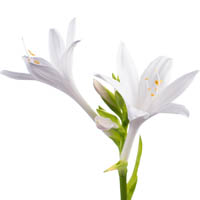 |
| Hyacinth | Peace, commitment and beauty, but also of power and pride. |
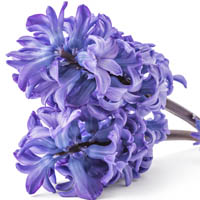 |
| Hydrangea | Gratitude, grace, beauty | 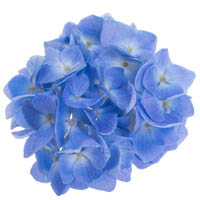 |
| Impatiens | Motherly love | 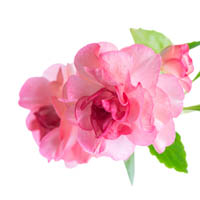 |
| Iris | Wisdom, hope, trust | 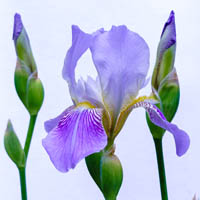 |
| Ixia | Happiness | 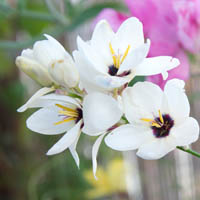 |
| Jacob’s ladder | Expectation, anticipation, coming down | 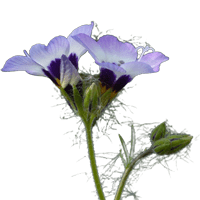 |
| Jasmine | Love, beauty, warmth | 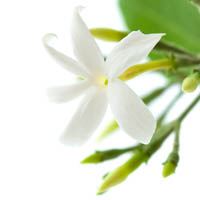 |
| Kalmia | Perseverance | 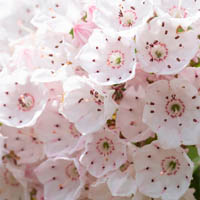 |
| Lantana | Rigor | 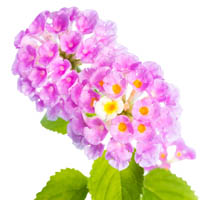 |
| Lavender | Happiness, love, devotion, peace | 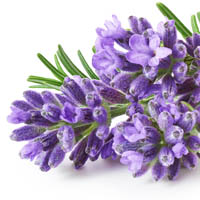 |
| Lilac | Purity and innocence | 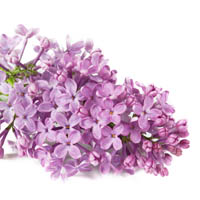 |
| Lily | Purity, passion, rebirth | 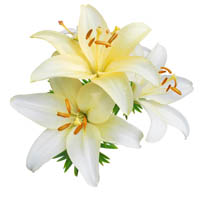 |
| Lily of the valley | Purity | 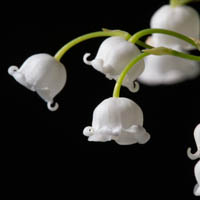 |
| Lobelia | Pity, malevolence | 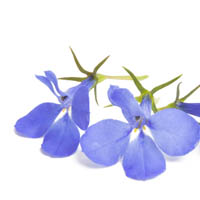 |
| Lotus | Strength, resilience | 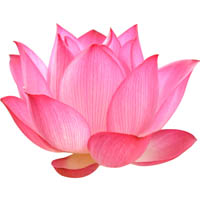 |
| Lunaria | Honesty, money, sincerity |  |
| Lupin | Happiness, imagination, creativity | 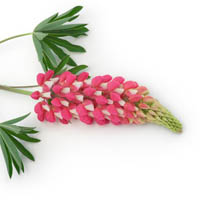 |
| Magnolia | Perseverance, beauty, purity, and nobility | 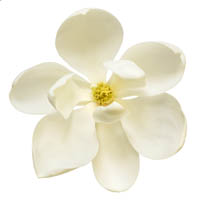 |
| Mandevilla | Thoughtlessness | 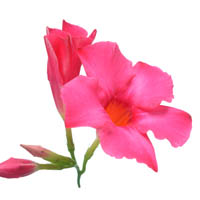 |
| Marigold | Power, strength | 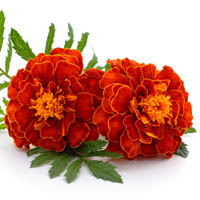 |
| Matthiola | Beauty, happiness, joy | 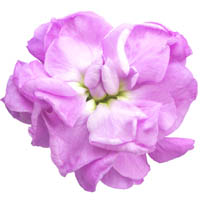 |
| Morning glory | Unrequited love | 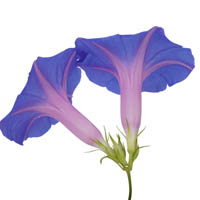 |
| Moss rose (portulaca) | Confession of love | 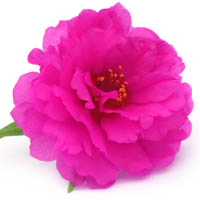 |
| Nasturtium | Patriotism |  |
| Nigella | Harmony, love | 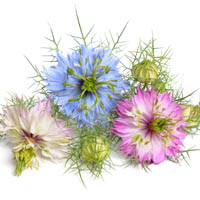 |
| Orange blossom | Good fortune | 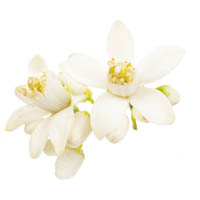 |
| Orchid | Love, luxury, beauty, strength |  |
| Pansy | Love | 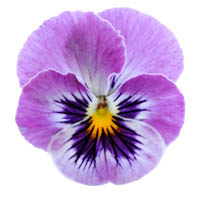 |
| Peony | Love, honour, happiness, wealth | 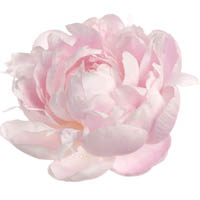 |
| Petunia | Resentment, anger | 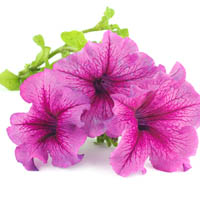 |
| Phlox | Harmony, compatibility, unity, partnership, agreement | 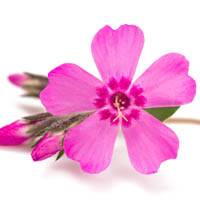 |
| Poppy | Red (remembrance), black (remembrance of black, African, Caribbean and Pacific Islanders), purple (remembrance of animals lost at war) |
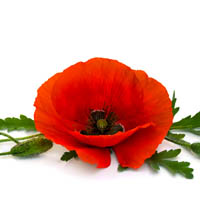 |
| Queen Anne’s lace |
Safety, refuge | 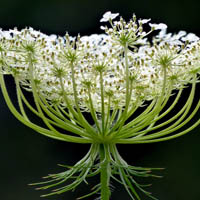 |
| Ranunculus | Charm and attractiveness | 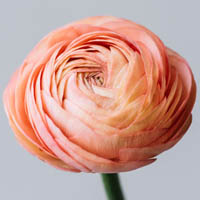 |
| Rose | Red (romance), white (love, purity), yellow (friendship), orange (love), pink (grace) |
 |
| Snapdragon | Strength, persistence, grace under pressure | 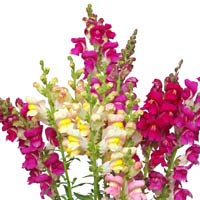 |
| Snowdrop | Sympathy | 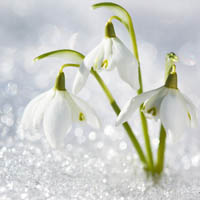 |
| Strawflower | Immortality | 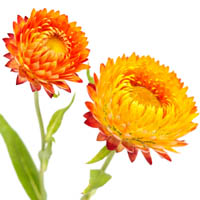 |
| Sunflower | Loyalty | 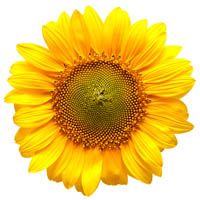 |
| Sweet pea | Blissful pleasure | 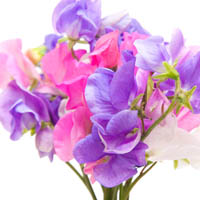 |
| Tulip | Perfect love | 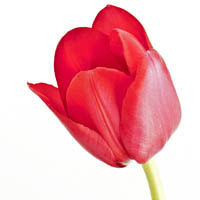 |
| Verbena | Enchantment | 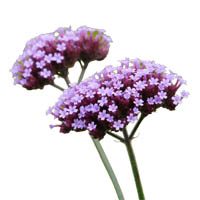 |
| Violet | Honesty, protection, dreams, healing, remembrance | 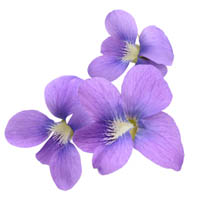 |
| Wallflower | Fidelity | 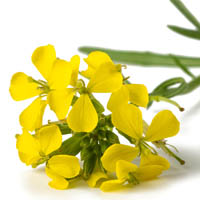 |
| Winter jasmine | Love, money, prophetic dreams, unconditional and eternal love | 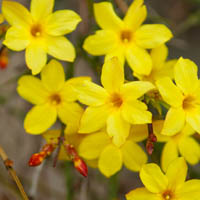 |
| Wisteria | Long life | 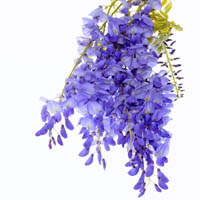 |
| Wood anemone | Protection and anticipation | 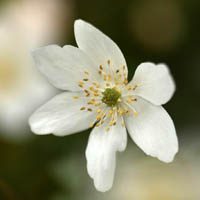 |
| Zinnia | Acclaim, affection, friendship, everlasting love, remembrance, and tribute |
 |
Julia is a writer and landscape consultant from Wollongong with a love of horticulture. She had been an avid gardener for over 30 years, collects rare variegated plants and is a home orchardist. Julia is passionate about learning and sharing her knowledge of plant propagation and plant toxicology. Whether it’s giving advice on landscape projects or sharing tips on growing, Julia enjoys helping people make their gardens flourish.
